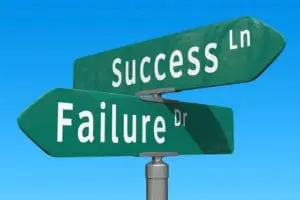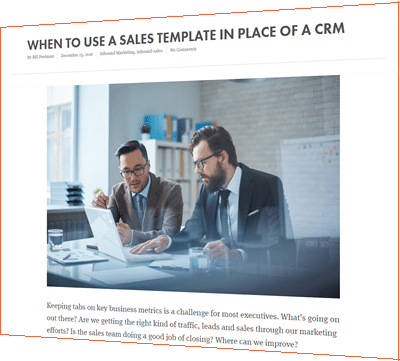 re you struggling to stay afloat among the endless emails, meetings, and looming deadlines? If so, you may not like what I’m about to say. You need to carve out time to segment your contact list. Why? You will undoubtedly better meet the needs of your buyers while achieving better marketing results! What exactly is segmentation in inbound marketing? More importantly, how can you do it?
re you struggling to stay afloat among the endless emails, meetings, and looming deadlines? If so, you may not like what I’m about to say. You need to carve out time to segment your contact list. Why? You will undoubtedly better meet the needs of your buyers while achieving better marketing results! What exactly is segmentation in inbound marketing? More importantly, how can you do it?
What is list segmentation?
List segmentation is essentially breaking down your list into chunks organized by predefined criteria. The process of list segmentation is critical for successful inbound marketing, especially when it comes to effectively nurturing prospects into becoming leads.
There are an endless number of ways to segment lists. A marketer can segment their list by company size, contact age, or purchase interests, to name a few. If you haven’t been segmenting your lists, the following statistic may be tough to swallow. Segmented email campaigns get 62.84% more clicks than non-segmented campaigns. Fret not, it’s never too late to get started! Below are four additional criteria to consider in list segmentation.
Persona
The more information you have under your belt, the better equipped your marketing and sales teams will be to target prospective buyers. If you haven’t already defined buyer personas for your business, this blog post how-to poses some insightful questions you should consider.
Each of your buyer personas should cover some basic business info, personal info, company role, and buying objections, at a minimum. Apart from facilitating segmentation, buyer personas can also help you get organized in mapping out campaigns for the year. This data-backed persona clearly defines who you’re speaking to, hopefully giving you some ideas about what types of offers your buyers respond to. Ultimately, segmenting your contact list by buyer persona will help you hit your contacts with relevant information at the right time.
Sales Cycle Stage
Speaking of the ‘right time’, knowing which stage of the sales cycle your buyer is in can be powerful information! While you’re working so hard to attract prospects into the funnel and nurture the relationship, you need to ensure that this effort trickles down to your email campaign. There’s nothing worse than an established lead well on their way to the decision stage receiving a blanket email better suited to inform a new prospect.
Purchase Cycle
For most of us, returning clients will reach out to us cyclically. This can happen at the beginning of a new fiscal year, new calendar year, or even new quarter. If you have a purchase history to reference for a client and can track their purchase cycle, put this information to use! By reaching out to clients just prior to them recognizing their needs, you can present a solution to their problem.
Company Role
In most cases, knowing who the decision makers are is important. There’s no sense in spending time and energy marketing everything to the Business Development Coordinator, for example, if all decisions are made by the CEO.Now, I’m not saying there is little value to be derived in communicating with others outside the executive staff, quite the contrary.
Knowing a professionals’ role within the organization will help you reach them with content they will most benefit from. For example, the Business Development Coordinator will undoubtedly find more value in a complimentary checklist than from a conference targeting CEOs. Hitting your contacts with irrelevant content will distance you from your prospective client and potentially strain a good relationship.
Segment Away!
Yes, list segmentation takes time which is one asset you can’t afford any more of. Another thing you can’t afford is offending a hard earned lead. Invest the time in sending messages to targeted groups that best deliver value and relevance to your target buyer.
As you embark on the scintillating journey that is list segmentation, don’t be scaerd to freshen up your content and test new ideas!





